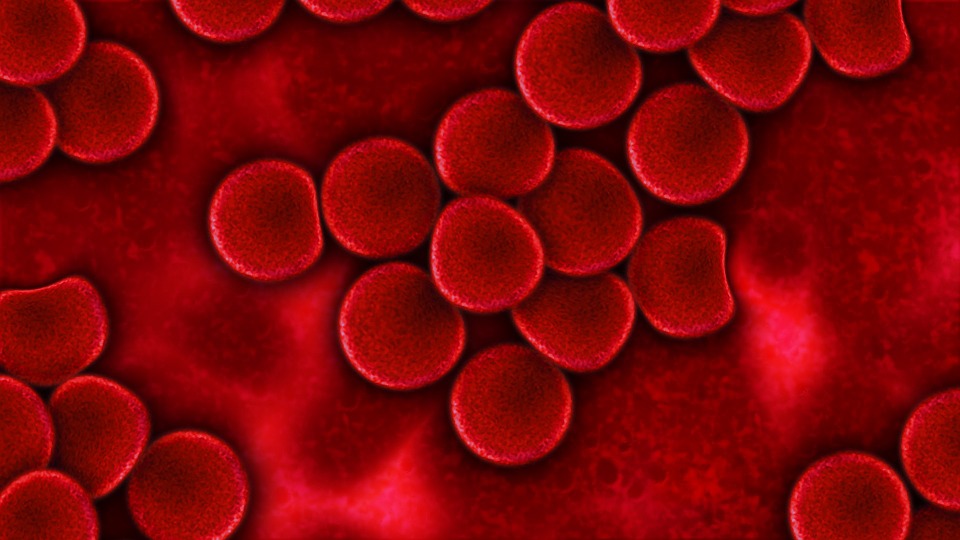Rationale

This demonstrations focus is to encourage students to develop a positive attitude towards science through an interesting connection between human physiology (biology) and physics.
It is built upon the foundation that educators can develop a lesson plan that provides knowledge, skills, and experiences related to science in an exciting way.
Additionally, the demonstration plans to help students:
- “develop the capacity to think critically” (Ministry of Education, 2006, pg. 3);
- “encourage students to examine the impact of scientific knowledge on their lives, society, and the environment” (Ministry of Education, 2006, pg. 3);
- “develop a positive attitude toward science” (Ministry of Education, 2006, pg. 3);
- “cultivate students’ appreciation of the scientific endeavor and their potential to contribute to it” (Ministry of Education, 2006, pg. 3);
- “examining basic concepts, principles, laws, and theories through scientific inquiry (Ministry of Education, 2006, pg. 3);
Objectives
- Describe what atherosclerosis is (i.e. hardening and narrowing of the arteries) and its effect on the body (i.e. stroke)
- Identify an aneurysm in the model and describe it and its effect on the body (i.e. blood-filled balloon-like bulge in the wall of a blood vessel)
- Recognize the relationships between pressure and velocity (i.e. Bernoulli’s Principle)
- Broader understanding of physics and its applications to real life
- Develop a positive attitude toward science
Source: Ministry of Education. (2006). Physics 11 and 12 Integrated Resource Package [PDF]. Ministry of Education .